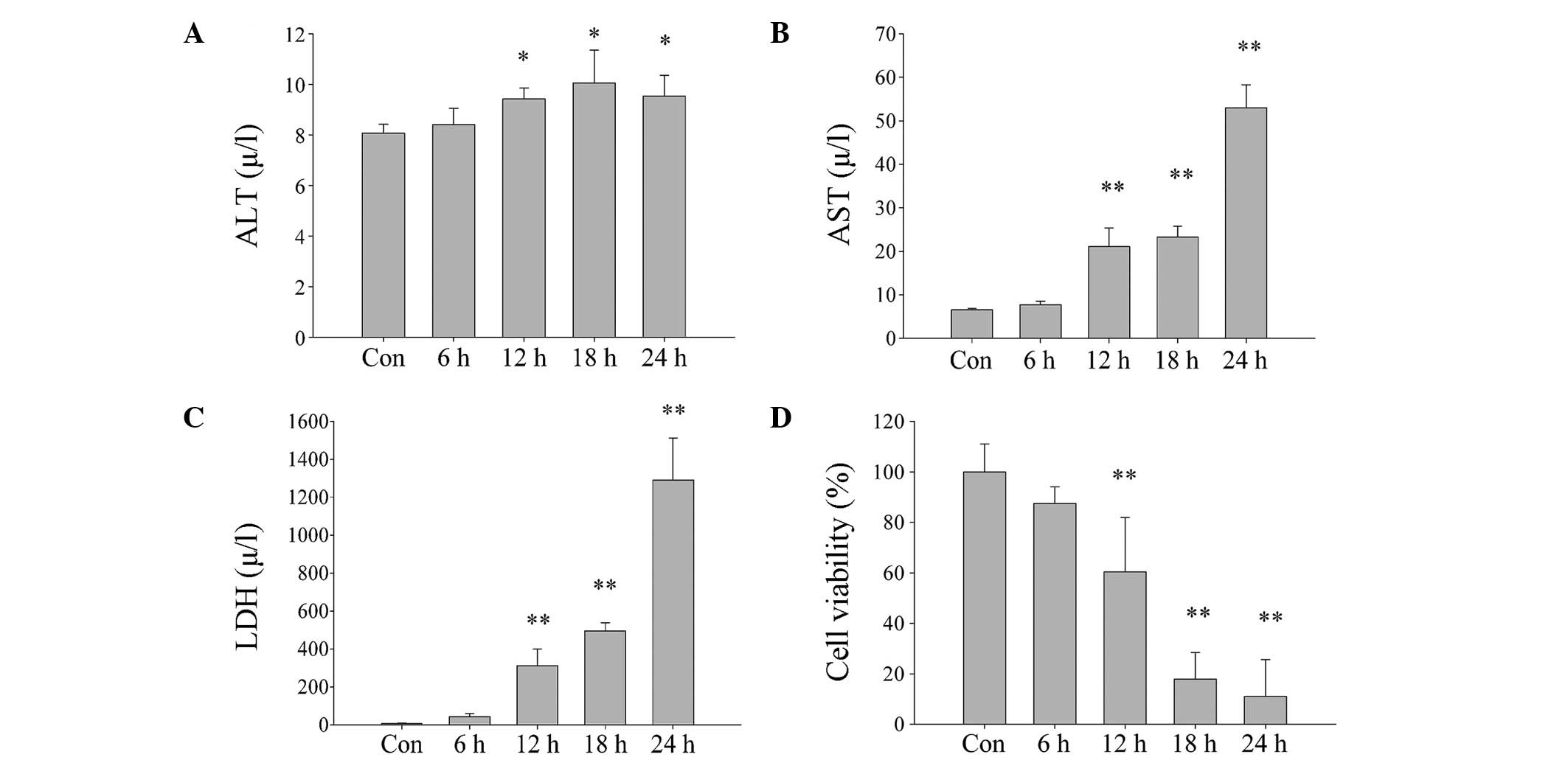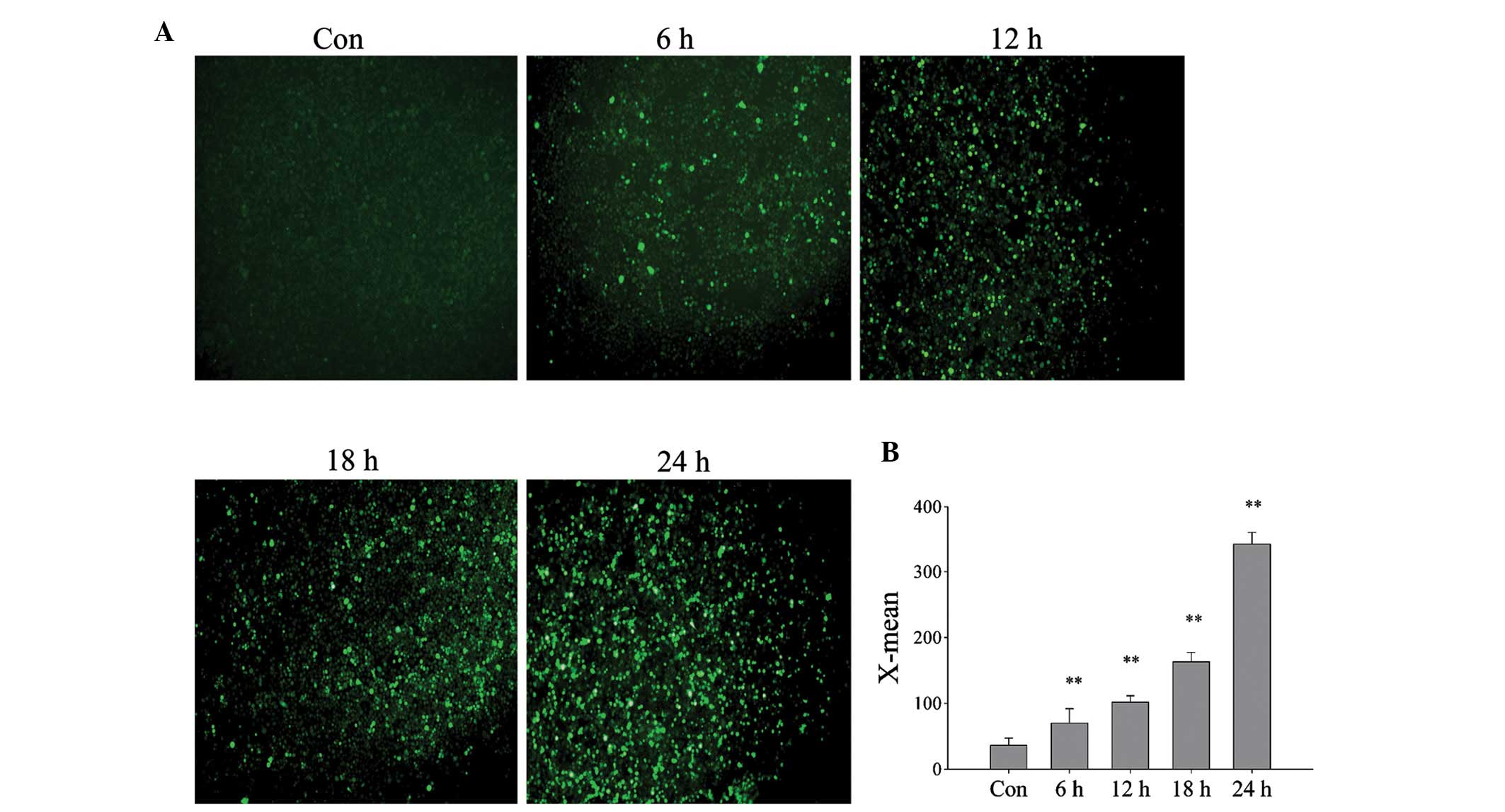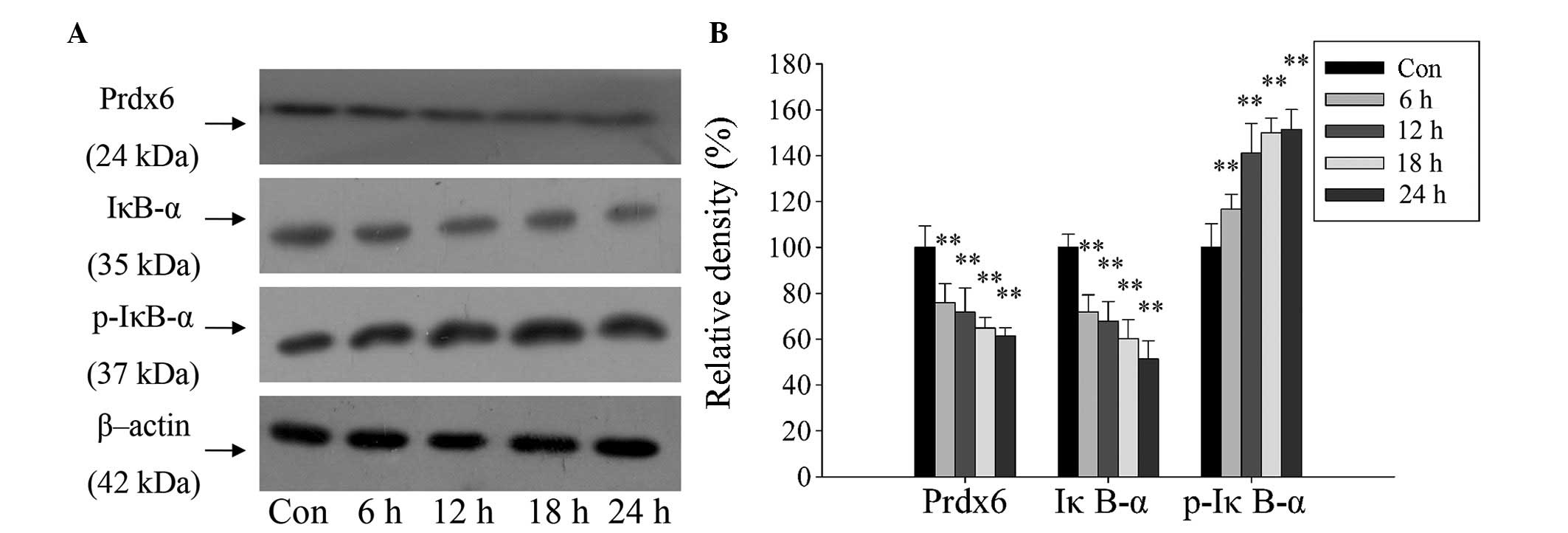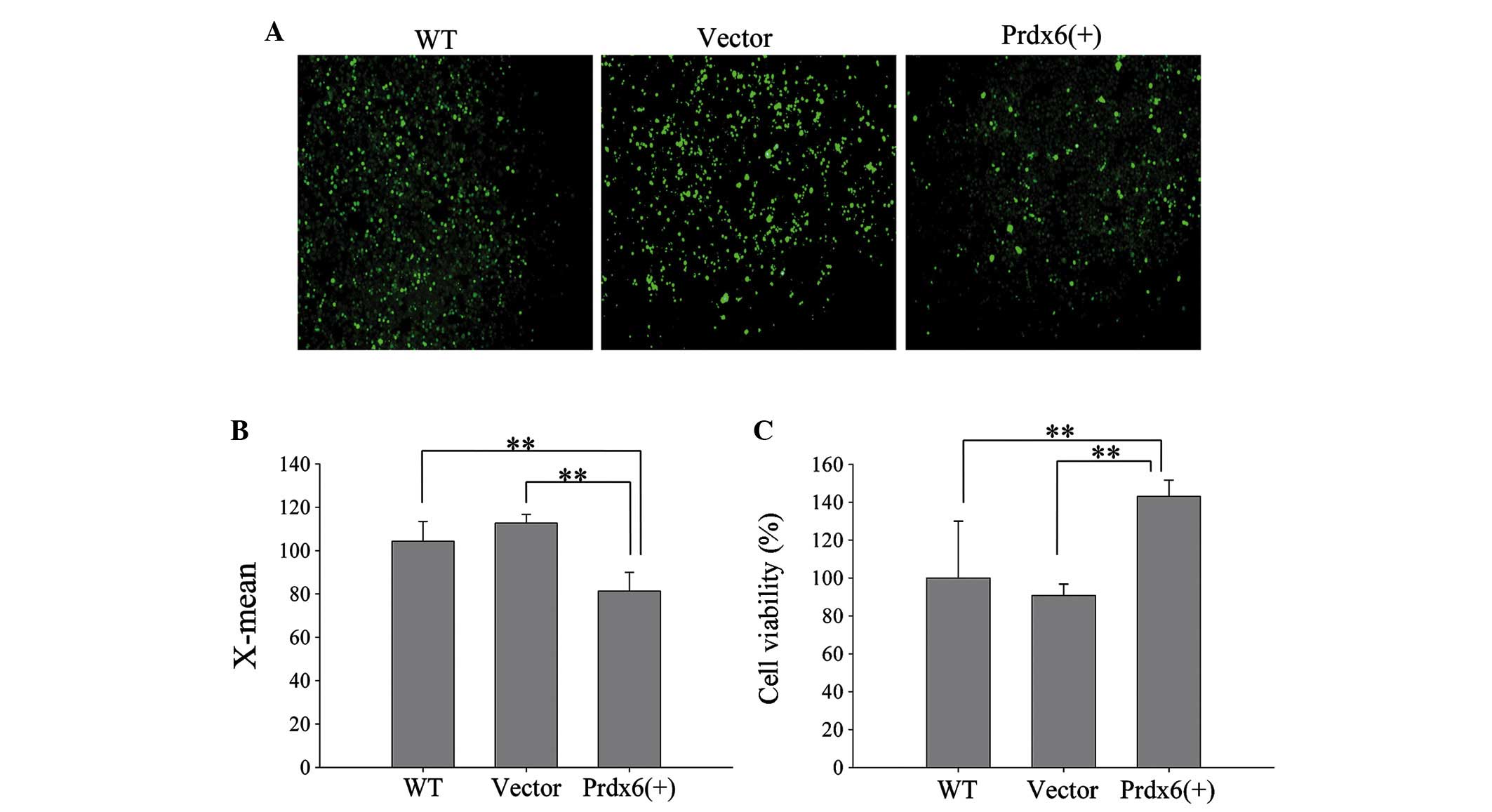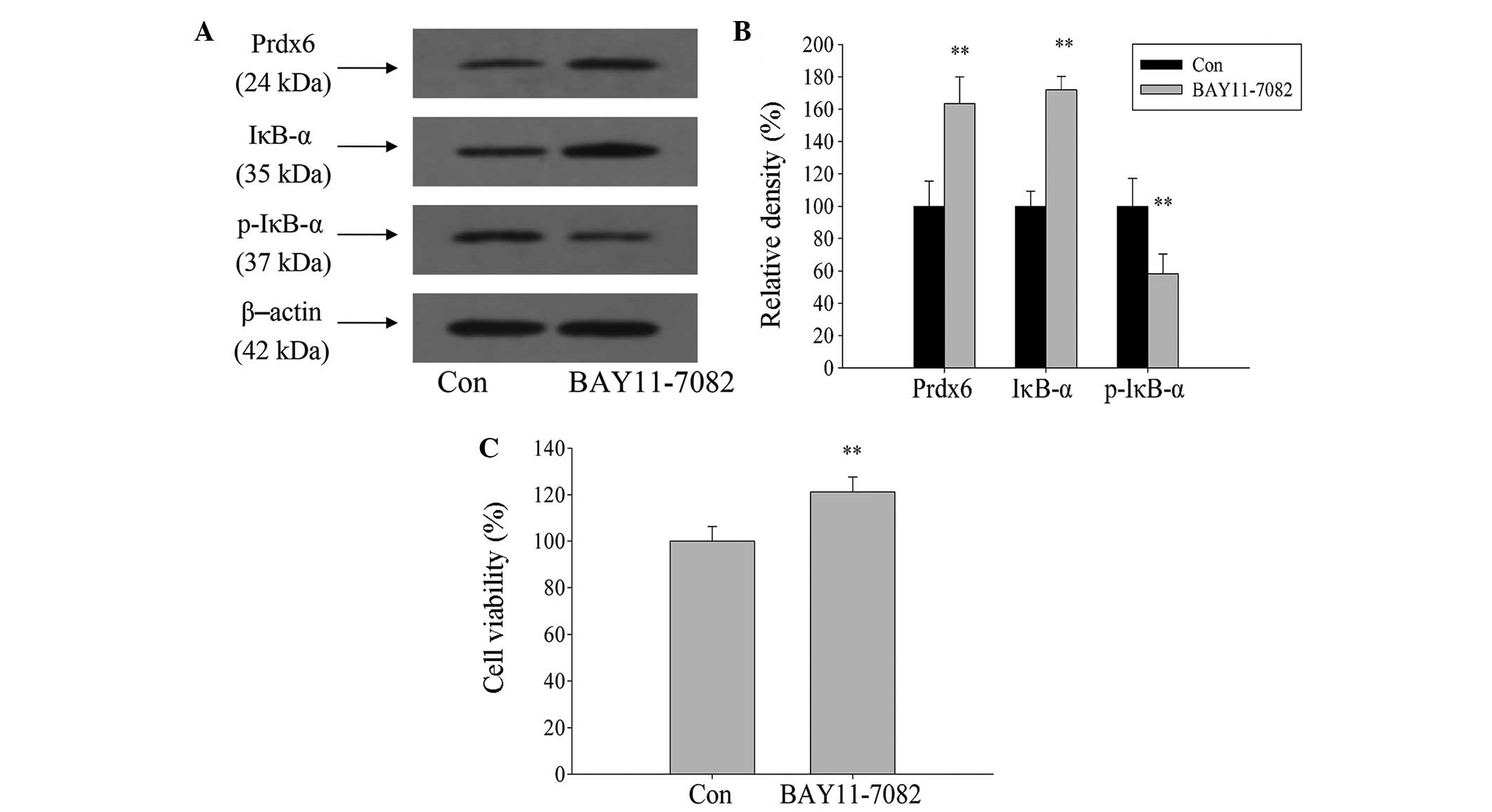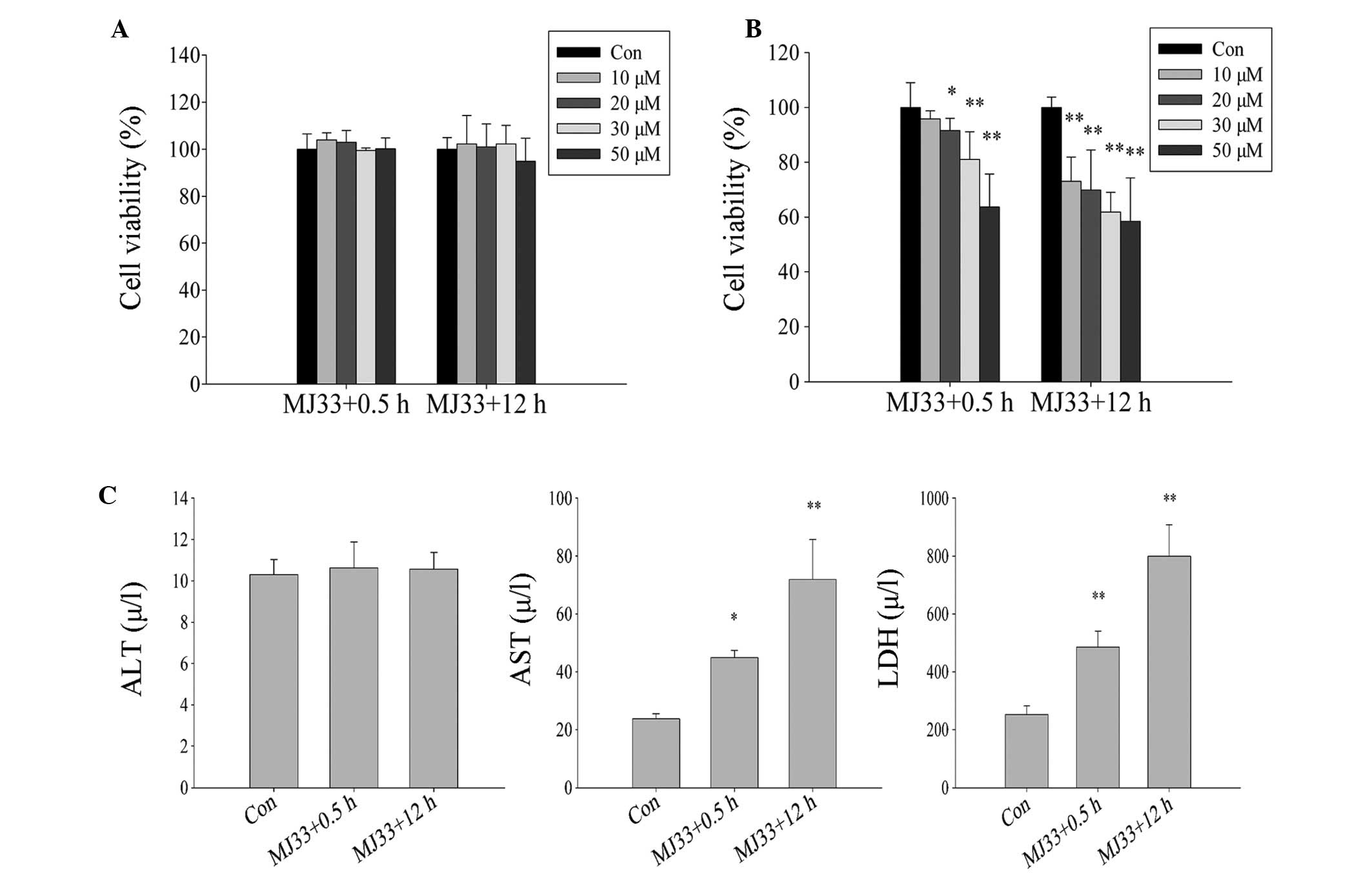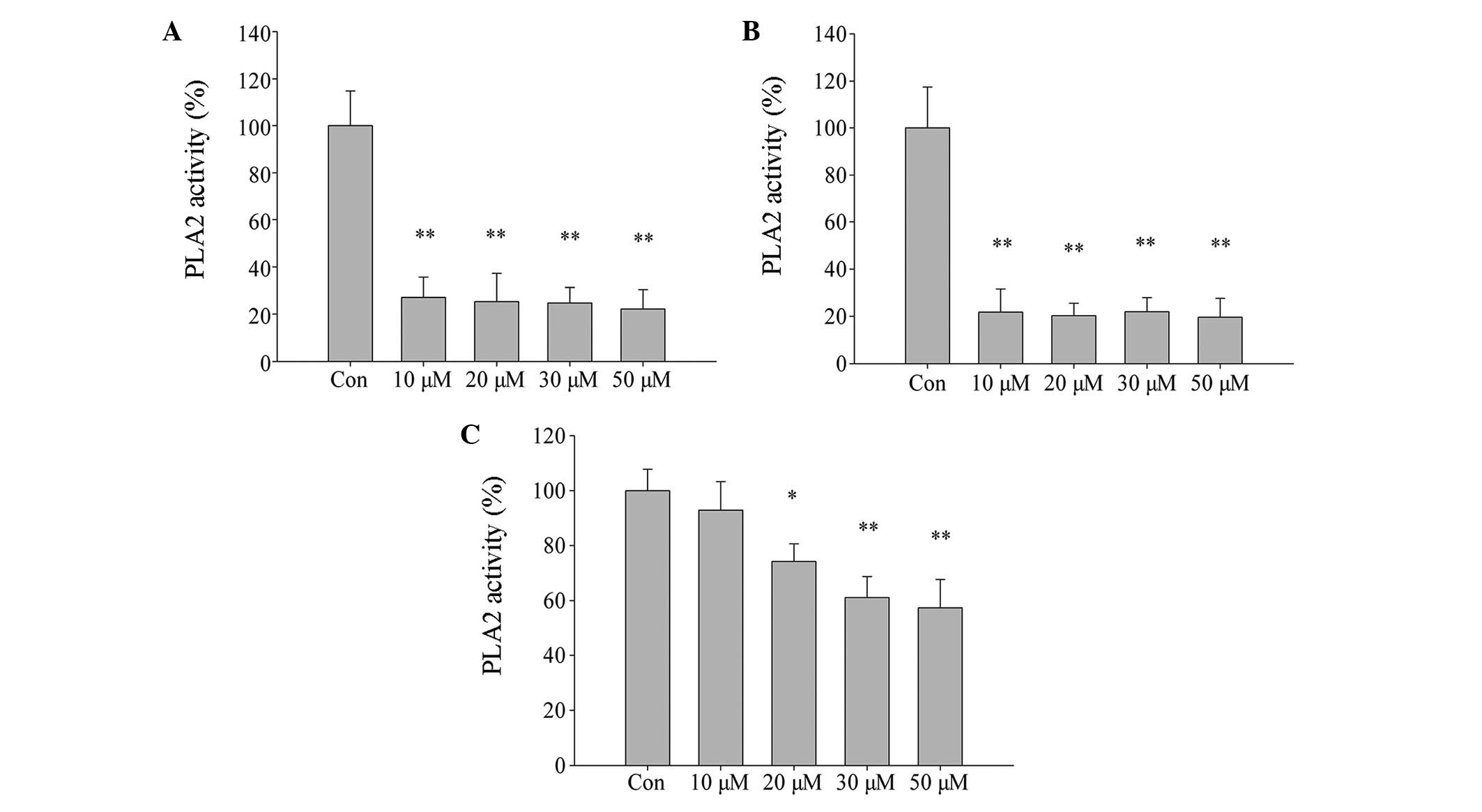|
1
|
Telles-Correia D and Mega I: Candidates
for liver transplantation with alcoholic liver disease:
Psychosocial aspects. World J Gastroenterol. 21:11027–11033. 2015.
View Article : Google Scholar : PubMed/NCBI
|
|
2
|
Heimbach JK, Hirose R, Stock PG, Schladt
DP, Xiong H, Liu J, Olthoff KM, Harper A, Snyder JJ, Israni AK, et
al: Delayed hepatocellular carcinoma model for end-stage liver
disease exception score improves disparity in access to liver
transplant in the United States. Hepatology. 61:1643–1650. 2015.
View Article : Google Scholar : PubMed/NCBI
|
|
3
|
Park SJ, Lim YS, Hwang S, Heo NY, Lee HC,
Suh DJ, Yu E and Lee SG: Emergency adult-to-adult living-donor
liver transplantation for acute liver failure in a hepatitis B
virus endemic area. Hepatology. 51:903–911. 2010.
|
|
4
|
Huang JF, Wang HB, Zheng SS, Liu YF, Shi
BY, Shen ZY, Hu SS, Ye QF, Xue WJ and He XS: Advances in China's
organ transplantation achieved with the guidance of law. Chin Med J
(Engl). 128:143–146. 2015. View Article : Google Scholar
|
|
5
|
Weiss S, Kotsch K, Francuski M,
Reutzel-Selke A, Mantouvalou L, Klemz R, Kuecuek O, Jonas S,
Wesslau C, Ulrich F, et al: Brain death activates donor organs and
is associated with a worse I/R injury after liver transplantation.
Am J Transplant. 7:1584–1593. 2007. View Article : Google Scholar : PubMed/NCBI
|
|
6
|
Barklin A, Larsson A, Vestergaard C,
Koefoed-Nielsen J, Bach A, Nyboe R, Wogensen L and Tønnesen E: Does
brain death induce a pro-inflammatory response at the organ level
in a porcine model? Acta Anaesthesiol Scand. 52:621–627. 2008.
View Article : Google Scholar : PubMed/NCBI
|
|
7
|
Kusaka M, Pratschke J, Wilhelm MJ, Ziai F,
Zandi-Nejad K, Mackenzie HS, Hancock WW and Tilney NL: Activation
of inflammatory mediators in rat renal isografts by donor brain
death. Transplantation. 69:405–410. 2000. View Article : Google Scholar : PubMed/NCBI
|
|
8
|
Takada M, Nadeau KC, Hancock WW, Mackenzie
HS, Shaw GD, Waaga AM, Chandraker A, Sayegh MH and Tilney NL:
Effects of explosive brain death on cytokine activation of
peripheral organs in the rat. Transplantation. 5:1533–1542. 1998.
View Article : Google Scholar
|
|
9
|
Van Der Hoeven JA, Moshage H, Schuurs T,
Nijboer M, Van Schilfgaarde R and Ploeg RJ: Brain death induces
apoptosis in donor liver of the rat. Transplantation. 76:1150–1154.
2003. View Article : Google Scholar : PubMed/NCBI
|
|
10
|
Adrie C, Monchi M, Fulgencio JP, Cottias
P, Haouache H, Alvarez-Gonzalvez A, Guerrini P, Cavaillon JM and
Adib-Conquy M: Immune status and apoptosis activation during brain
death. Shock. 33:353–362. 2010. View Article : Google Scholar : PubMed/NCBI
|
|
11
|
Golling M, Mehrabi A, Blum K, Jahnke C,
Kellner H, Bud O, Hashemi B, Breitkreutz R, Becker-Brandenbutg K,
Schemmer P, et al: Effects of hemodynamic instability on brain
death-induced prepreservation liver damage. Transplantation.
75:1154–1159. 2003. View Article : Google Scholar : PubMed/NCBI
|
|
12
|
Dutkiewicz G, Domanski L, Binczak-Kuleta
A, Pawlik A, Safranow K, Dziedziejko V, Wisniewska M, Ciechanowicz
A and Ciechanowski K: Lack of association of polymorphisms
239+34A/C in the SOD1 gene and 47C/T in the SOD2 gene with delayed
graft function and acute and chronic rejection of kidney
allografts. Transplant Proc. 41:3701–3703. 2009. View Article : Google Scholar : PubMed/NCBI
|
|
13
|
Rhee SG, Kang SW, Chang TS, Jeong W and
Kim K: Peroxiredoxin, a novel family of peroxidases. IUBMB Life.
52:35–41. 2001. View Article : Google Scholar
|
|
14
|
Fisher AB: Peroxiredoxin 6: A bifunctional
enzyme with glutathione peroxidase and phospholipase A2
activities. Antioxid Redox Signal. 15:831–844. 2011. View Article : Google Scholar :
|
|
15
|
Simeone M and Phelan SA: Transcripts
associated with Prdx6 (peroxiredoxin 6) and related genes in mouse.
Mamm Genome. 16:103–111. 2005. View Article : Google Scholar : PubMed/NCBI
|
|
16
|
Eismann T, Huber N Shin T, Kuboki S,
Galloway E, Wyder M, Edwards MJ, Greis KD, Shertzer HG, Fisher AB
and Lentsch AB: Peroxiredoxin-6 protects against mitochondrial
dysfunction and liver injury during ischemia-reperfusion in mice.
Am J Physiol Gastrointest Liver Physiol. 296:G266–G274. 2009.
View Article : Google Scholar :
|
|
17
|
Fisher AB, Dodia C, Feinstein SI and Ho
YS: Altered lung phospholipid metabolism in mice with targeted
deletion of lysosomal-type phospholipase A2. J Lipid Res.
46:1248–1256. 2005. View Article : Google Scholar : PubMed/NCBI
|
|
18
|
Ambruso DR, Ellison MA, Thurman GW and
Leto TL: Peroxiredoxin 6 translocates to the plasma membrane during
neutrophil activation and is required for optimal NADPH oxidase
activity. Biochim Biophys Acta. 1823.306–315. 2012.
|
|
19
|
Lien YC, Feinstein SI, Dodia C and Fisher
AB: The roles of peroxidase and phospholipase A2 activities of
peroxiredoxin 6 in protecting pulmonary microvascular endothelial
cells against peroxidative stress. Antioxid Redox Signal.
16:440–451. 2012. View Article : Google Scholar :
|
|
20
|
Chhunchha B, Fatma N, Kubo E, Rai P, Singh
SP and Singh DP: Curcumin abates hypoxia-induced oxidative stress
based-ER stress-mediated cell death in mouse hippocampal cells
(HT22) by controlling Prdx6 and NF-κB regulation. Am J Physiol Cell
Physiol. 304:C636–C655. 2013. View Article : Google Scholar : PubMed/NCBI
|
|
21
|
Chowdhury I, Fisher AB,
Christofidou-Solomidou M, Gao L, Tao JQ, Sorokina EM, Lien YC,
Bates SR and Feinstein SI: Keratinocyte growth factor and
glucocorticoid induction of human peroxiredoxin 6 gene expression
occur by independent mechanisms that are synergistic. Antioxid
Redox Signal. 20:391–402. 2014. View Article : Google Scholar :
|
|
22
|
Paula FM, Ferreira SM, Boschero AC and
Souza KL: Modulation of the peroxiredoxin system by cytokines in
insulin-producing RINm5F cells: Down-regulation of PRDX6 increases
susceptibility of beta cells to oxidative stress. Mol Cell
Endocrinol. 374:56–64. 2013. View Article : Google Scholar : PubMed/NCBI
|
|
23
|
Chen K, Li YH, Xu SQ, Hu SH and Zhang L:
Protective effects of peroxisome proliferator-activated receptor-α
agonist, Wy14643, on hypoxia/reoxygenation injury in primary rat
hepatocytes. PPAR Res. 2012:5479802012. View Article : Google Scholar
|
|
24
|
Chhunchha B, Fatma N, Bhargavan B, Kubo E,
Kumar A and Singh DP: Specificity protein, Sp1-mediated increased
expression of Prdx6 as a curcumin-induced antioxidant defense in
lens epithelial cells against oxidative stress. Cell Death Dis.
2:e2342011. View Article : Google Scholar : PubMed/NCBI
|
|
25
|
Gallagher BM and Phelan SA: Investigating
transcriptional regulation of Prdx6 in mouse liver cells. Free
Radic Biol Med. 42:1270–1277. 2007. View Article : Google Scholar : PubMed/NCBI
|
|
26
|
Tulsawani R, Kelly LS, Fatma N, Chhunchha
B, Kubo E, Kumar A and Singh DP: Neuroprotective effect of
peroxiredoxin 6 against hypoxia-induced retinal ganglion cell
damage. BMC Neurosci. 11:1252010. View Article : Google Scholar : PubMed/NCBI
|
|
27
|
Wang Y, Xu Y, Wang H, Xue P, Li X, Li B,
Zheng Q and Sun G: Arsenic induces mitochondria-dependent apoptosis
by reactive oxygen species generation rather than glutathione
depletion in Chang human hepatocytes. Arch Toxicol. 83:899–908.
2009. View Article : Google Scholar : PubMed/NCBI
|
|
28
|
Fatma N, Kubo E, Sen M, Agarwal N,
Thoreson WB, Camras CB and Singh DP: Peroxiredoxin 6 delivery
attenuates TNF-alpha-and glutamate-induced retinal ganglion cell
death by limiting ROS levels and maintaining Ca2+
homeostasis. Brain Res. 1233:63–78. 2008. View Article : Google Scholar : PubMed/NCBI
|
|
29
|
Sun XG, Fu XQ, Cai HB, Liu Q, Li CH, Liu
YW, Li YJ, Liu ZF, Song YH and Lv ZP: Proteomic analysis of
protective effects of polysaccharides from Salvia miltiorrhiza
against immunological liver injury in mice. Phytother Res.
25:1087–1094. 2011. View
Article : Google Scholar : PubMed/NCBI
|
|
30
|
Roede JR, Stewart BJ and Petersen DR:
Decreased expression of peroxiredoxin 6 in a mouse model of ethanol
consumption. Free Radic Biol Med. 45:1551–1558. 2008. View Article : Google Scholar : PubMed/NCBI
|
|
31
|
Gloire G, Legrand-Poels S and Piette J:
NF-kappaB activation by reactive oxygen species: Fifteen years
later. Biochem Pharmacol. 72:1493–1505. 2006. View Article : Google Scholar : PubMed/NCBI
|
|
32
|
Zhang H, Wang ZW, Wu HB, Li Z, Li LC, Hu
XP, Ren ZL, Li BJ and Hu ZP: Transforming growth factor-β1 induces
matrix metal-loproteinase-9 expression in rat vascular smooth
muscle cells via ROS-dependent ERK-NF-κB pathways. Mol Cell
Biochem. 375:11–21. 2013.PubMed/NCBI
|
|
33
|
Girotti AW: Lipid hydroperoxide
generation, turnover, and effector action in biological systems. J
Lipid Res. 39:1529–1542. 1998.PubMed/NCBI
|
|
34
|
Schaloske RH and Dennis EA: The
phospholipase A2 superfamily and its group numbering system.
Biochim Biophys Acta. 1761:1246–1259. 2006. View Article : Google Scholar : PubMed/NCBI
|
|
35
|
Winstead MV, Balsinde J and Dennis EA:
Calcium-independent phospholipase A(2): Structure and function.
Biochim Biophys Acta. 1488:28–39. 2000. View Article : Google Scholar : PubMed/NCBI
|
|
36
|
Manevich Y, Shuvaeva T, Dodia C, Kazi A,
Feinstein SI and Fisher AB: Binding of peroxiredoxin 6 to substrate
determines differential phospholipid hydroperoxide peroxidase and
phospholipase A(2) activities. Arch Biochem Biophys. 485:139–149.
2009. View Article : Google Scholar : PubMed/NCBI
|




